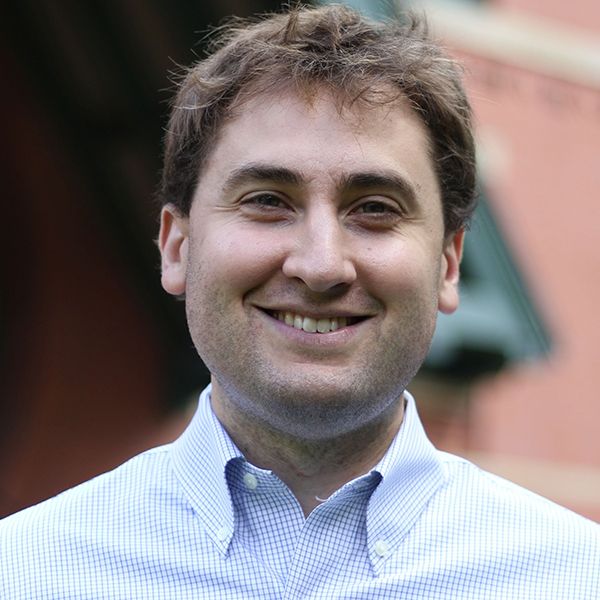Article
Cost-Effective Analysis of SGLT2 Inhibitors
Author(s):
Three SGLT2 inhibitors have similar drug costs per unit dose, but what are the drug costs based on treatment response?
Canagliflozin 300 mg may be more cost effective in terms of treatment response than the other FDA approved SGLT2 inhibitors dapagliflozin and empagliflozin, according to a study recently published in the American Health & Drug Benefits Journal.1
“For monotherapy, dual-therapy, and triple-therapy regimens with canagliflozin 300 mg, [over 26 weeks] the drug costs per placebo-adjusted 1% reduction in HbA1c levels were $1793, $2702, and $2261, respectively, which were the lowest costs among the three agents,” wrote first author Janice Lopez, PharmD, MPH, of Janssen Scientific Affairs in Raritan, New Jersey, along with colleagues at Pharemerit International (Bethesda, MD).
About 29.1 million people in the US – 9.3% of the population – were diagnosed with diabetes in 2012, with estimated health costs totaling $245 billion in that year. Antihyperglycemics account for 28% of all health costs spent on diabetes, according to background information in the article.
“Because the healthcare costs associated with type 2 diabetes are increasing, it is important to consider the drug costs per patient and the clinical end point of reduction in HbA1c when making patient treatment choices,” the authors added.
Studies have suggested that tight glycemic control can reduce the risk of diabetes-related complications. For example, the UK Prospective Diabetes Study (UKPDS) found that each 1% decrease in HbA1c was linked to a 21% reduction in diabetes-related death, 14% reduction in myocardial infarction, and 37% reduction in microvascular complications.2
In the study, researchers evaluated the drug cost of SGLT2 inhibitors for each 1% reduction in placebo-adjusted HbA1c in patients with inadequately controlled T2DM treated for 26 weeks with canagliflozin, dapagliflozin, and empagliflozin. Efficacy data came from different placebo-controlled registration randomized controlled trials.
Using 2015 wholesale acquisition costs for each drug, they calculated costs for 26 weeks of monotherapy, dual therapy (combined with metformin), and triple therapy (combined with metformin and a sulfonylurea). At the time of the study, data on triple therapy for dapagliflozin were not available, so this regimen was not studied. In addition, the empagliflozin trials used an efficacy endpoint of 24 weeks, so results at 24 weeks were assumed to be similar at 26 weeks.
Key results
• Similar drug cost per unit dose: $11.43 for canagliflozin (100 mg or 300 mg), dapagliflozin (5 mg or 10 mg), and empagliflozin (10 mg or 25 mg)
• Drug cost per 1% HbA1c reduction: Different for each agent and dose
♦ Canagliflozin 100 mg as mono-, dual, and triple therapy: $2286, $3355, and $2930, respectively
♦ Canagliflozin 300 mg as mono-, dual, and triple therapy: $1793, $2702, and $2261, respectively
♦ Dapagliflozin 5 mg as mono- and dual therapy: $4161 and $5201, respectively
♦ Dapagliflozin 10 mg as mono-, dual, and triple therapy: $2972, $4161, and $3015, respectively
♦ Empagliflozin 10 mg as mono-, dual, and triple therapy: $2972 for mono- and $3467 for dual and triple therapy (same cost for both)
♦ Empagliflozin 25 mg as mono-, dual, and triple therapy: $2311 for mono- and $3467 for dual and triple therapies (same cost for both)
The varying costs are probably due to differences in the treatment responses for each of the three drugs, the authors explained.
The study was limited by a lack of published, real-world, head-to-head comparative trials on the effectiveness and cost-effectiveness of SGLT2 inhibitors, so the authors had to extrapolate efficacy data from individual placebo-controlled trials. While baseline demographics were similar across studies, they did differ. For example, empagliflozin studies included more Asian patients than studies of the other agents.
“Our analysis may provide additional information for formulary committees that are considering the inclusion of SGLT2 inhibitors in their formularies for the treatment of patients with type 2 diabetes mellitus,” the authors concluded.
Take-home Points
• Canagliflozin, empagliflozin, and dapagliflozin have similar drug costs per unit dose.
• Drug costs based on treatment response over 26 weeks for each 1% reduction in placebo-adjusted HbA1c vary by agent, with canagliflozin 300 mg having the lowest costs.
• This information could be used in making patient treatment choices and drug formulary decisions.
Janssen Scientific Affairs, LLC funded the analysis.
Dr. Lopez and Dr. Macomson own stock in Johnson & Johnson. Mr. Ektare and Dr. Patel are consultants to Janssen. Mr. Botteman is a shareholder of Pharmerit International and a consultant to Janssen.
References:
1. Lopez JM, et al. Evaluating drug cost per response with SGLT2 inhibitors in patients with type 2 diabetes mellitus. Am Health Drug Benefits. 2015 Sep;8(6):309-318.
2. Stratton IM, et al. Association of glycaemia with macrovascular and microvascular complications of type 2 diabetes (UKPDS 35): prospective observational study. BMJ. 2000; 321:405-441.




